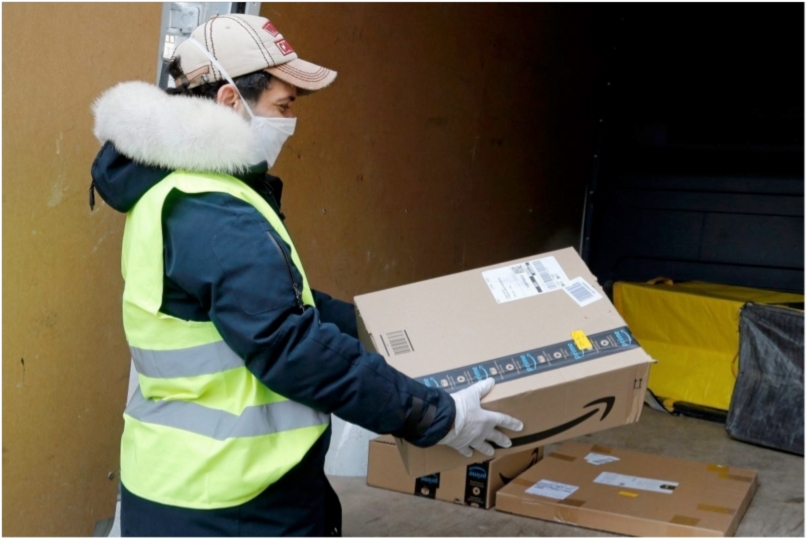
Sellers, don’t make these shipping mistakes
For years, people have been selling things to each other. And even in the distant past, goods of all kinds were transported over hill and dale, through rugged mountain country and across rough seas. Eventually, most of the cargo arrived at its destination and was sold in town markets and stores.
Today, the technology has changed but many of the same principles for effective selling and transportation of consumer goods remain the same. Every successful merchant, for example, knows the importance of tracking shipped items from the warehouse to the consumer's home or office. Unfortunately, many owners and managers fall prey to common shipping mistakes. Here are some of the most frequent ones, along with details about how to avoid them.
Undervaluing Fleet Management Systems
One of the fastest routes to financial ruin is ignoring the inherent value of attentive fleet management. For example, sellers of perishable goods know how vital it is to use reefer solutions for refrigerated cargo, like temperature monitoring systems for items that must be kept cold at all times. Not only is this kind of fleet management cost-effective, it's also an excellent way to monitor the assets in real time and maintain strict industry compliance standards.
Not Knowing Your Supply Chain
Perhaps the most dangerous practice for owners is not taking an active interest in their product's supply chain. The chain begins at the point of production and enters its first stage when it rolls off the line and heads into temporary inventory, or gets shipped directly to a buyer. If it spends any time in inventory, and eventually gets sold, it will begin the rest of the journey to its final destination, the consumer's hands.
Common phases include being loaded onto trucks, planes, ships, or other modes of transport. The trip from point of departure to landing might be a very long one, or just a few miles. If you are holding product inside shipping containers it is important to choose the right one to maintain the integrity of your supply. The typical next links in the chain include sitting in a holding location for pickup by wholesalers or retailers, waiting on store shelves for final purchase, and eventual transport to the end-buyer's home.
Not Offering Item Tracking to Buyers
One of the more recent pieces of the shipping cycle is to provide item tracking information to consumers. Two decades ago, this kind of service was a rarity, but with the advent of mobile devices, the majority of buyers now prefer, or demand, real-time tracking statistics for orders of all kinds. Sellers who don't offer this service are missing a key opportunity to not only build strong customer satisfaction but also collect detailed demographic data about every buyer. That's because consumers who request tracking are willing to offer phone, email, home address, and other pertinent information to sellers.
Charging Flat Rates
It's tempting to charge flat rates for shipping, but for the vast majority of merchants the practice is a money loser. It's impossible to predict how your customer demographics will change, and even a slight shift in location can mean major shipping expenses for companies that don't calibrate rates with actual delivery and transport costs.








